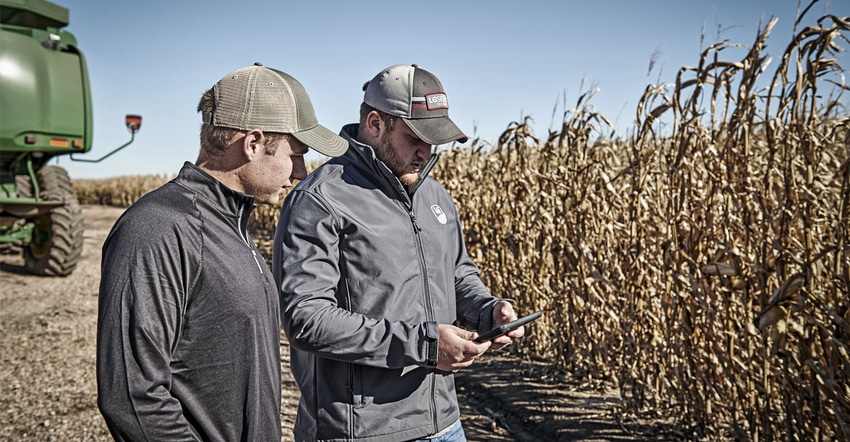October 1, 2019

Sponsored Content
Farmers throughout the nation have access to more data than ever before. In fact, they have access to so much data that it’s a challenge to make the best use of all the information they collect.
Yield monitors, regardless of the brand, collect data from fields as they are harvested. New versions of the monitors even break this information down into wet bushels, dry bushels, moisture and other data points. These data points, if the monitor is setup and utilized correctly, can greatly benefit the ROI of your farm. However, the data is just a fancy map until you break it down into usable information.
There are many programs available to help analyze data from yield maps. LG Seeds® offers AdvantageAcre® along with Climate FieldView™ to interpret planting, harvesting and field-by-field planning data. The analysis begins by uploading your harvest maps into Advantage Acre to break down the information.

One of the most popular options to assess data is comparing hybrids side-by-side within a field. Many growers split planters to determine which hybrid has the yield advantage on their farm. While this practice is highly encouraged, it is important to review the entire data set, not just the yield of one hybrid versus another. Analyze the difference in yield by soil type or soil productivity zones. Breaking down the data by soil type instead of by hybrid is an important factor that is easily overlooked.
For example, when analyzing yield data from a particular field, Hybrid A yielded five bushels higher than Hybrid B. At that point, it’s easy to assume Hybrid A is better, because it yielded higher overall. However, when evaluating performance by soil type, Hybrid A only out-performed Hybrid B on a silt loam soil type. When the soil was sandy, Hybrid B yielded higher than Hybrid A.

Analyzing product performance by soil type can help you better understand the products you’re using, as well as increase yield potential on your farm. You could find that your highest yielding hybrid only performs well on productive soil types, but drops off greatly on marginal ground.
Field-by-field planning is essential to make the most of the data available in modern agriculture. By breaking down harvest data and analyzing it by soil type, you can make informed product placement decisions with confidence. A dual hybrid planter or fancy tractor isn’t necessary to gather this data and put it to work. Now is the time to utilize your own data to increase yields.
Ready to make a field-by-field plan for your farm? Connect with your team of local experts today.
About the Author(s)
You May Also Like




